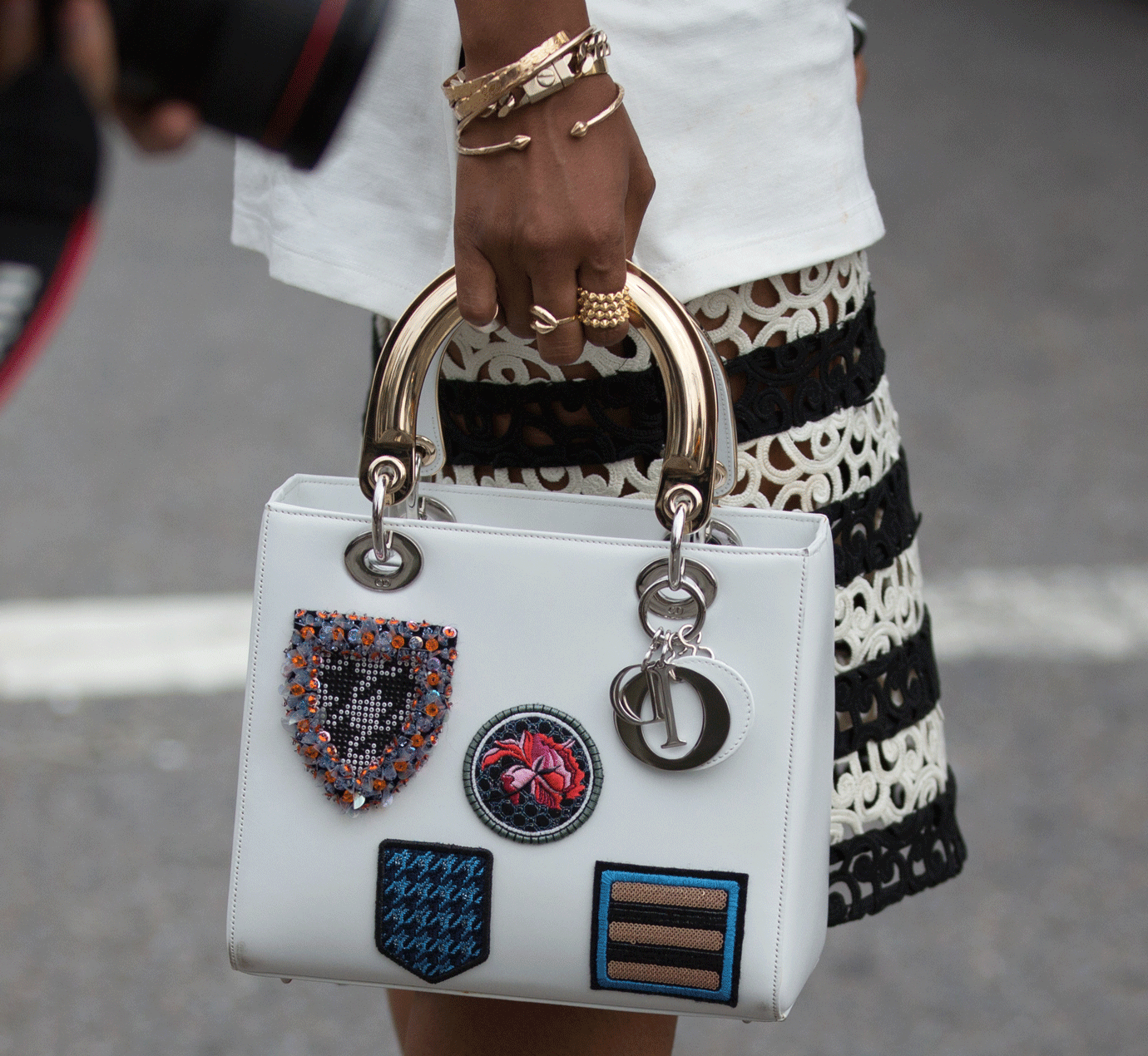Imagine walking down an alley in Dubai and being crowded by eager sellers who are calling you to look at their rows and rows of expensive handbags, watches, and shoes that look exactly like the real thing. Every fashion lover’s dream comes true at Dubai’s first copy market. It’s a treasure trove of fake wonders that let you live a luxurious life without spending a fortune.
But here’s the catch: Is it possible to find high-quality items at prices that seem too good to be true? Let’s go on a journey through the fascinating world of replicas, separating fact from fiction as we look for the best blend between price and quality.
Why First-Copy Products Thrive in Dubai?
Several societal and cultural factors have contributed to the development of Dubai’s booming first copy market. One of these implications is that Emirati society has a strong desire for luxury and social symbols. Because there are so many high-end brands and society values wealth and status, many people want to own luxury goods but may not be able to afford real ones. As an alternative, first-copy goods are less expensive and still let people show off their social status.
The fact that Dubai is so multicultural is another big reason why first-copy goods are so popular. People from all over the world live in the city and bring their own unique fashion tastes and styles with them. Because of this cultural exchange, there is a lively fashion scene where people try out new styles and trends, including buying fake brand clothes. As a result, keeping up with global fashion trends becomes both accessible and budget-friendly.
The Consumer’s Mind: Understanding the Purchase Motivations
It can be difficult for the considerate shopper to decide what to buy. To begin with, many people look for high-end goods and brands because they want to be seen as important and unique. On the other hand, there is a growing trend toward being cost-conscious and looking for deals.
In a world where social media has made it easier to connect with others, the fear of missing out (FOMO) is a big part of what people do. People with this fear show it in many forms, such as the fear of missing out on special deals or limited edition releases. Brands often take advantage of this by making things scarce by offering limited amounts or deals that are only good for a short time. This makes people feel like they need to buy right away. Or simply, people might want to buy replicas because they don’t want to feel left behind by their friends or family.
In places like Dubai’s first copy market, this is more clear than anywhere else. People can find high-quality copies of expensive things here for a lot less money. People who want to feel important but can’t afford real luxury items are drawn to this trend, as are people who want to satisfy their FOMO without spending a lot of money. The market shows an interesting part of buyer psychology: the need for status symbols mixed with smart money management.
Branding Mirage: How First Copies Leverage Brand Power
The first copy market in Dubai thrives on the delicate balance between inspiration and imitation. These knock-off brands manage to leverage the power of established brands while churning out affordable replicas. While some may argue that these products are mere counterfeits, others see them as a gateway to owning designer items at a fraction of the cost.
When people want luxury items but can’t or won’t pay their outrageous prices, first-copy goods offer an affordable alternative. This is one of the main reasons why they exploit brand power so well. In Dubai, first-copy manufacturers seize the opportunity to satisfy the desire for both luxury and affordability. They appeal to customers who yearn for the prestige that comes with high-end products but are put off by their steep price tags. These manufacturers address this demand by producing replicas of these coveted items at a fraction of the cost, offering a compelling alternative.
However, there’s a counterpoint that copy products can harm brand image, undermine trust, and limit innovation in the industry. It blurs the lines between authentic luxury goods and their copied counterparts, muddying what makes a genuine product unique in its craftsmanship and design. As consumers increasingly seek authenticity and transparency from brands, this begs us to question where we draw the line between inspiration and outright copying.
Market Dynamics: The Demand and Supply Play
Prices can change a lot depending on how market demand, seasonal trends, and popular names work together. For example, there is usually more demand for certain goods, like tech or clothes, during busy times like holidays or other celebrations. Because of this, sellers may raise their prices to meet the higher demand. Similarly, well-known brands with a good reputation tend to cost more than less well-known brands because people believe in and like the more well-known brands.
Traders change their plans based on these changes in the market to make the most money. People who work in Dubai’s first copy market have to know about and plan for how customer tastes and wants will change so they can sell fake designer goods at lower prices than the real thing. They need to keep a close eye on which names are popular at the moment and change their stock to match. In this way, they can be sure to offer the goods their target customers want at prices that are competitive and meet their needs.
In addition to knowing how the first copy market works in terms of supply and demand, traders also adapt their strategies to different situations, such as changes in currency exchange rates that cause prices to go up or down or political unrest that affects supply lines. Traders get through tough situations and take advantage of profitable chances that come up when market dynamics change by keeping an eye on these factors all the time and being proactive instead of reactive.
Comparing Quality and Price: Which to Choose?
When buying something, one of the most important things people have to decide is whether to value quality or price. Some say that you should always choose the best quality product that you can find, while others say that price should be more important when making a choice. However, this argument becomes even more interesting when we bring Dubai’s first copy market into the equation.
The first copy market in Dubai gives people another choice by selling almost exact copies of expensive brand items for a lot less money. A lot of people are interested in these products because they look good and are affordable. People often decide that buying a copy instead of the original is the smarter choice because it saves them money and comes in trendy styles. However, factors such as social status, ethical considerations, and product durability, often give shoppers pause when deciding to purchase from counterfeit markets. At the end of the day, customers have to compare these tangible and intangible factors to see which one is more important to them.
It may seem like quality is the best choice when it comes to speed and durability, but it’s important not to overlook the appeal of cheaper options like first copies. The wants and situations of each person are different, so there may not be a single best answer to the ongoing debate between price and quality. Consumers can make smart choices by carefully thinking about both real and abstract factors, such as spending limits and personal satisfaction or brand loyalty.
So in the end, it all comes down to personal preferences.
The Ethical Dilemma: Where Do We Draw the Line?
The thriving first copy market in Dubai presents us with an interesting moral question: where should we draw the line between backing original artists and designers and buying cheaper copies of their work? Some say that buying fakes lets people get stylish items for much less money, but others say that it takes away from the hard work and creativity of the original artists.
The Unseen Impact of Counterfeit Markets
It might not seem like a big deal to support the first copy market, but creators lose more than just money when they do so. When we buy fake goods, we unintentionally support a business that makes a living by stealing other people’s ideas and breaking copyright laws. This not only stops new ideas from coming up in the creative field, but it also keeps artists from getting the credit and money they deserve.
Also, accepting the society of fake goods makes us less appreciative of real craftsmanship. Bringing an original design to life takes a lot of careful planning, a lot of hard work, and an artistic idea that is unique to the person who made it. If we choose copies instead, these clever attempts could become just copies that lack soul and originality.
Promoting New Talent Vs. Easy Access to Fakes
When you think about how it affects new talent, the problem gets trickier. Helping people who want to become designers means recognizing their talent and putting money into their chances of success. People don’t try new voices in fashion or any other creative area as much as they would like to because fake versions are so easy to find.
As people become more aware of sustainability and ethics in many industries, it is important for each of us to rethink the decisions we make. The next time you look through cheap copies in Dubai in search of a good deal, you should take a moment to think about what your choice means in the bigger picture.
Conclusion:
To sum up, the first copy market in Dubai is not just a place where counterfeits can be found; it is a complex ecosystem that shows how customer tastes and values change over time. Even though it’s easy to write these off as cheap copies, they have a huge value for a large group of customers who value cost and ease of access. We can begin to understand and respect the importance of the first copy market by expanding our ideas of value beyond the appearance of authenticity.
The ethical dilemma of finding the right balance between backing original creators and opting for budget-friendly replicas is a key theme in this market. It’s not just about finances; it also involves recognizing and valuing craftsmanship, supporting up-and-coming talents, and fostering a culture of authenticity and innovation. Our choices as consumers in the first copy market reflect our stance on these critical issues, shaping the industry’s ethical and creative landscape.












1 Comment